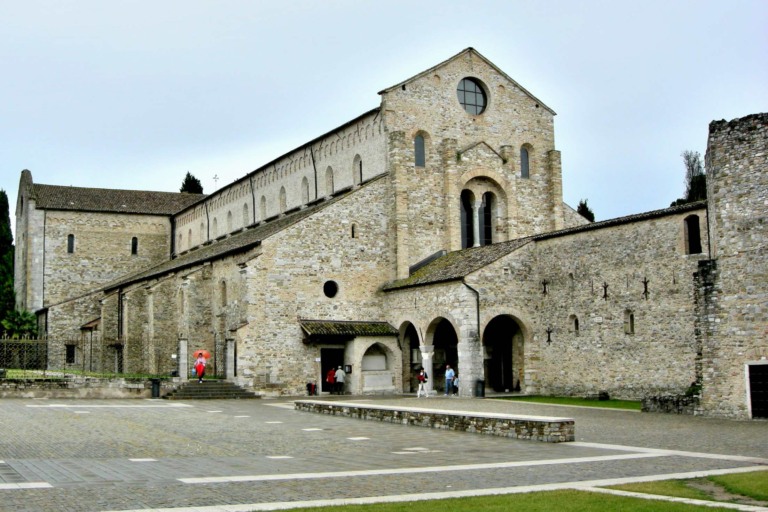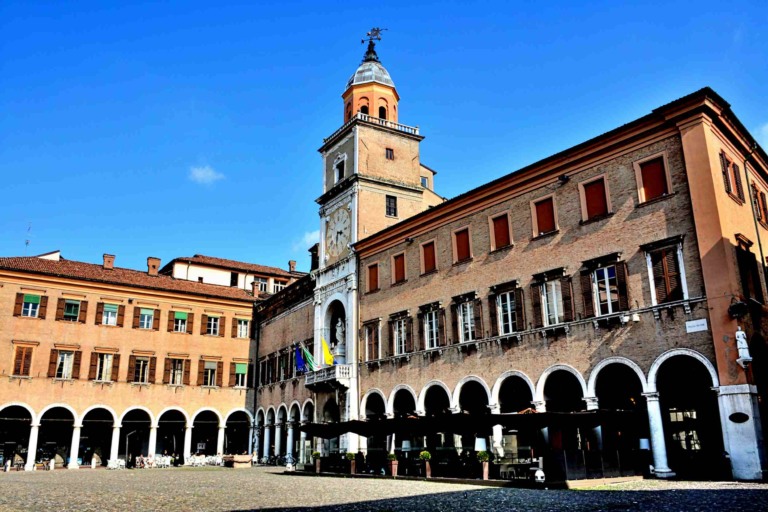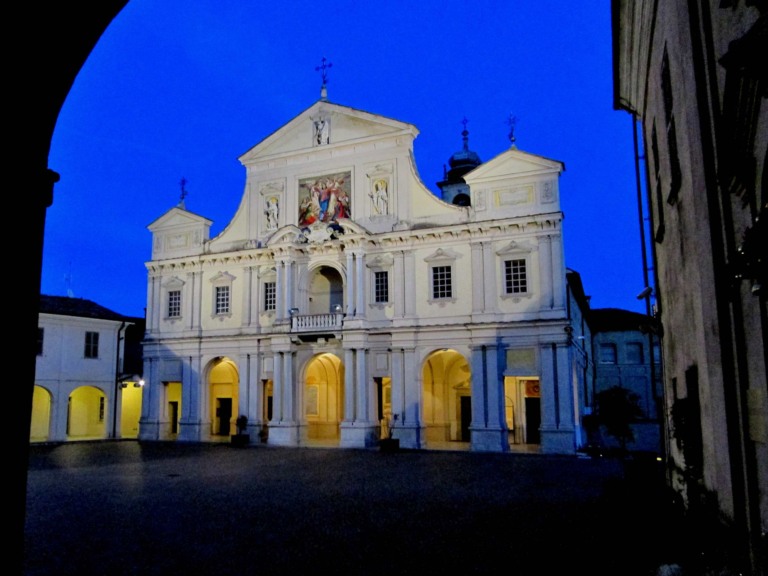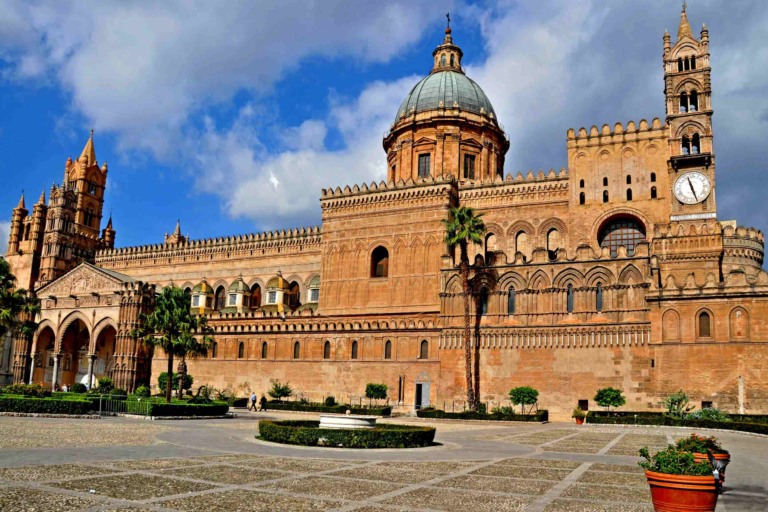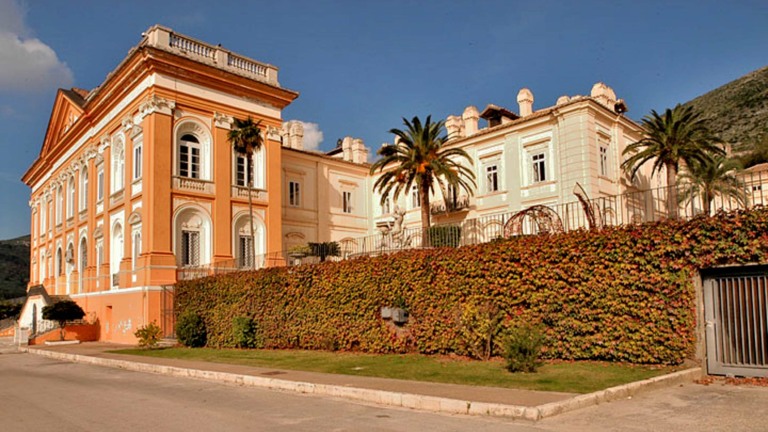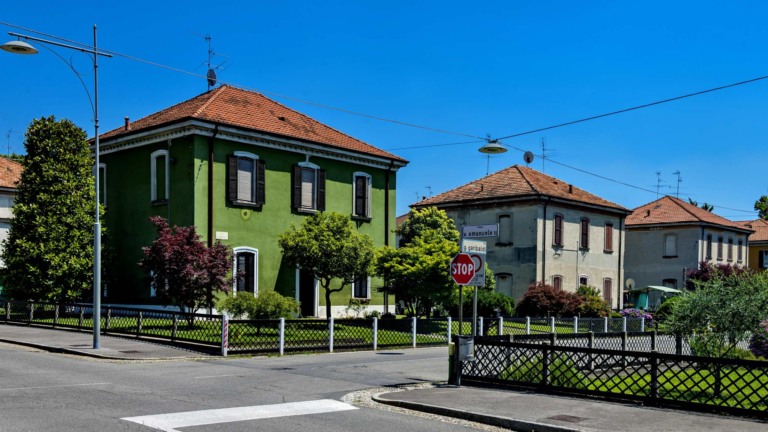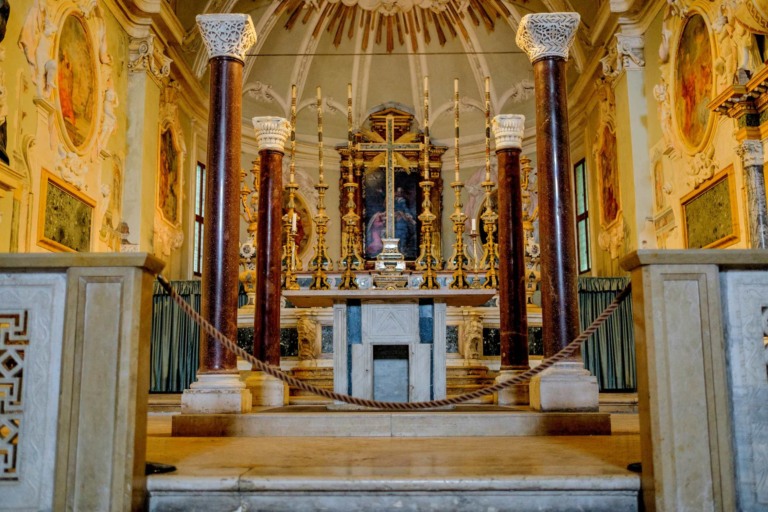Valley of the Temples Sicily. Valley of the Temples in Agrigento: The Archaeological Area of Agrigento, also known as the Valley of the Temples (Valle dei Templi), is a UNESCO World Heritage Site located in Agrigento, a city on the southern coast of Sicily, Italy.
Valley of the Temples Italy
This archaeological site is renowned for its exceptional collection of ancient Greek ruins and temples, which provide insight into the rich history and architectural achievements of the ancient world.
Archaeological Area of Agrigento
1. Ancient Greek Temples: The Valley of the Temples houses a series of well-preserved Doric-style ancient Greek temples, most of which were constructed during the 5th and 6th centuries BC. These temples were dedicated to various deities and reflect the cultural and religious significance of the Greek colony of Akragas (Agrigento).
2. Temple of Concordia Sicily: One of the most iconic and well-preserved temples in the valley, the Temple of Concordia is renowned for its elegant architectural design and state of preservation. It is dedicated to the goddess Concordia.
3. Temple of Juno: Another significant temple in the valley, the Temple of Juno, is dedicated to the goddess Hera (Juno in Roman mythology). It is characterized by its impressive columns and architectural details.
4. Temple of Hercules: This temple is dedicated to the mythical hero Hercules and is notable for its massive size and sturdy construction.
5. Temple of Olympian Zeus Agrigento: The largest Doric temple ever built was the Temple of Olympian Zeus, also known as the Tempio di Giove Olimpico, in Agrigento, Sicily. While incomplete, this colossal temple was intended to honor the king of the gods, Zeus.
The remains of massive columns and other architectural features offer a glimpse of its grandeur. Along with several other significant Greek temples, it can be found in the valley of the temples.
6. Paleochristian Necropolis: Beyond the temples, the archaeological area includes a necropolis where ancient inhabitants of Agrigento were buried. The site includes a variety of tombs and burial structures.
7. Archaeological Museum “Pietro Griffo” of Agrigento: Adjacent to the archaeological site is the Agrigento Regional Archaeological Museum, where you can view artifacts, sculptures, and archaeological finds from the area.
Visiting the Archaeological Area of Agrigento allows you to step back in time and explore the architectural achievements and cultural legacy of ancient Greece in Sicily. The well-preserved temples and surrounding landscape create a captivating atmosphere that provides a unique opportunity to connect with the past and appreciate the artistic and historical significance of this remarkable site.
Valley of the Temples History
The history of the Valley of the Temples, also known as the Archaeological Area of Agrigento, is intertwined with the ancient Greek settlement of Akragas (Agrigento) and its subsequent development through different historical periods. Here is an overview of the history of the Valley of the Temples:
8. Greek Settlement: The city of Akragas was founded by Greek settlers from Gela in the 6th century BC, during a period when Greek colonization was expanding across the Mediterranean. Akragas became a powerful and prosperous city known for its wealth, culture, and architectural achievements.
9. Temple Construction: During the 5th and 6th centuries BC, Akragas experienced a period of great cultural and architectural activity. The citizens constructed a series of grand temples dedicated to various Greek gods and goddesses, reflecting the city’s devotion to religion and its desire to showcase its prosperity.
10. Carthaginian and Roman Invasions: The city of Akragas came under the control of Carthage during the First Punic War (264–241 BC). Later, during the Roman conquest of Sicily, the city was captured by the Romans in 210 BC. Despite these conquests, the Valley of the Temples and many of its structures remained relatively intact.
11. Decline and Decay: After the fall of the Roman Empire, Akragas went through a period of decline. The temples suffered from neglect, earthquakes, and the gradual encroachment of nature. The city was eventually abandoned, and its ruins were largely forgotten.
12. Rediscovery and Preservation: The rediscovery of the Valley of the Temples began in the 18th century. During the 19th and 20th centuries, extensive archaeological excavations were carried out to uncover and restore the ancient structures. These efforts led to the preservation of the temples and their recognition as important historical and cultural sites.
13. UNESCO World Heritage Site: In 1997, the Valley of the Temples was designated a UNESCO World Heritage Site, acknowledging its outstanding value to humanity and its exceptional representation of ancient Greek architecture and culture.
Today, the Valley of the Temples stands as a testament to the artistic achievements and religious devotion of ancient Greece. The well-preserved temples, along with the remains of other structures and the surrounding landscape, offer visitors a glimpse into the city’s glorious past and its enduring impact on the history of Sicily and the Mediterranean region.

